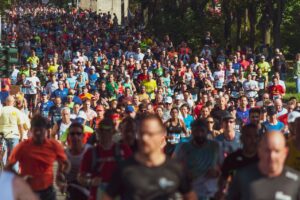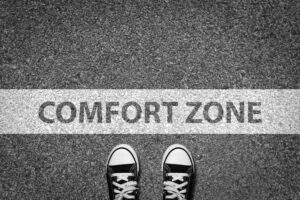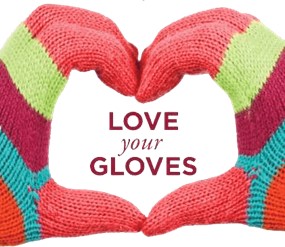| Equity & Diversity
Don’t Judge a Disability by its VisAbility.


Hi! My name is Helena and I am a Diversity and Equality intern here at the University of Gloucestershire. Today is International day of people with disabilities and this year’s theme is invisible disabilities, a subject close to my heart.
In 2015 aged 17, I was diagnosed with a chronic pain condition called Complex Regional Pain Syndrome. Chronic pain is an invisible disability and can be extremely challenging for both the person with the condition, but also the people around them. I joined the university in 2017 to start my degree in Education. When I started no one would have known by looking that I was in chronic pain. It was only when I started being admitted to hospital later that year, when I started to use crutches and a wheelchair, people started to realize I had a disability. I had gone from looking completely ‘normal’ to fitting the characteristics of a ‘disabled person’ because of the visual clues of my wheelchair or crutches.
However, when I did not have those visual clues, it made it hard for people to understand. Sometimes I would face comments when using priority seating on public transport, like “you don’t look disabled, anyway you’re too young to be disabled.” Most of the time I would brush them off and try not to let them get to me. However sometimes it would, and I would get upset, thinking, why me?
But then I realized, I am not alone…
“According to the WHO World Report on Disability, 15 per cent of the world’s population, or more than 1 billion people, are living with disability. Of this number, it’s estimated 450 million are living with a mental or neurological condition— and two-thirds of these people will not seek professional medical help, largely due to stigma, discrimination, and neglect.
Another 69 million individuals are estimated to sustain Traumatic Brain Injuries each year worldwide, while one in 160 children are identified as on the autism spectrum.”
(IDPWD 2020)
This just touches the surface when it comes to invisible disabilities. I would encourage you to find out more about others, such as: anxiety, depression, chronic pain or fatigue, sight or hearing impairments, diabetes, brain injuries, neurological disorders, learning differences and cognitive dysfunctions.
But what can we do to support something we cannot see?
I have three top tips!
- Listen.
If someone is telling you about their disability or says they have one. Listen, you might be the only person that day who listens.
- Don’t judge.
If someone says they cannot do something, accept that. If they need help, offer them help. Don’t let any unconscious bias come into it.
- Be willing to learn.
If you know someone who has a disability, ask them if they want to talk about it or, if they don’t want to talk about it. Do a little bit of independent research.
Here at the university, we have a range of people who can support students with invisible disabilities:
Disability, Dyslexia and Learning Support Service. They are here to support students with any disability. So, if you have a disability and have not disclosed it, please do speak in confidence with them and get any support you need.
https://www.glos.ac.uk/life/support/pages/disability-and-dyslexia.aspx
Mental Health and Wellbeing Advisors who can provide you with one-to-one support https://www.glos.ac.uk/life/support/pages/mental-health-and-wellbeing.aspx
Disability and Mental Health Experience Officer within the Students Union, who is a voice for any issues you may be having in accessing anything here at the university, or for any campaigns you might wish to run. https://www.yourstudentsunion.com/student-voice/yourrepresentatives/experienceofficers/
To help with awareness and education of disability here at the University of Gloucestershire, I’m setting up an online library of resources through a Talis list. If you have suggestions for resources, or if want to raise awareness, please do get in contact. I would love to hear from you!
Contact me on: hstone2@glos.ac.uk
Or
Tweet @UoGEquality
IDPWD (2020) Not All Disabilities are Visible. Available at: https://idpwd.org/



